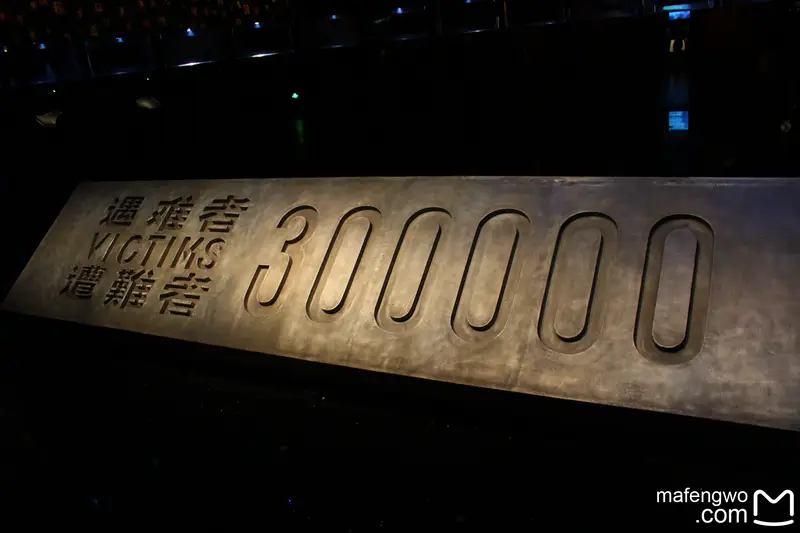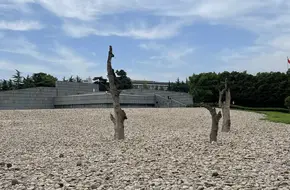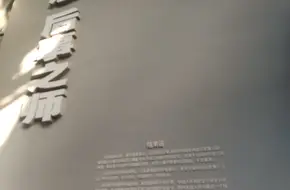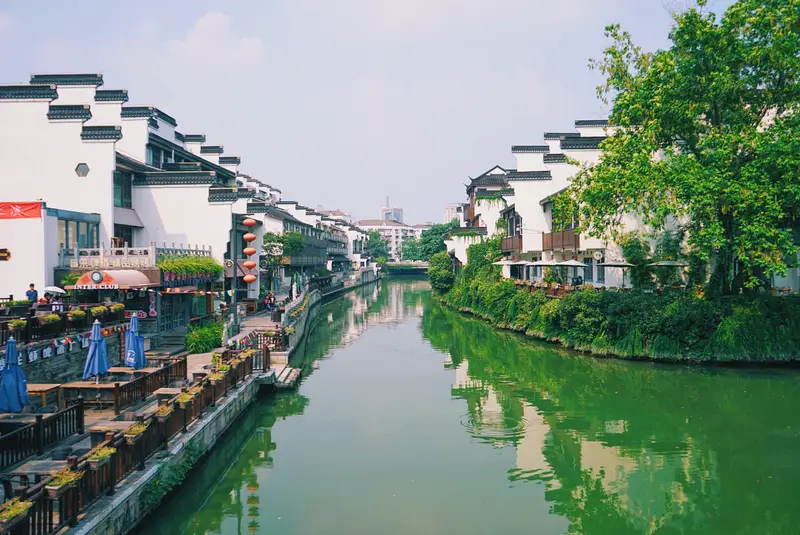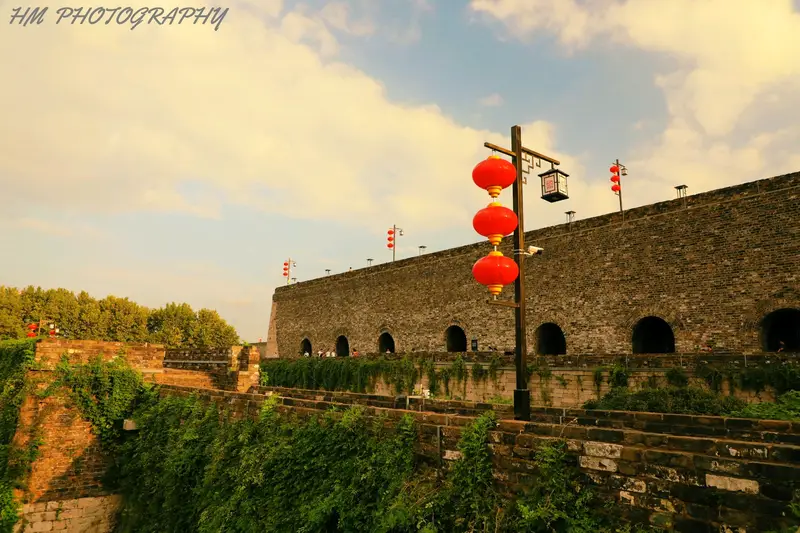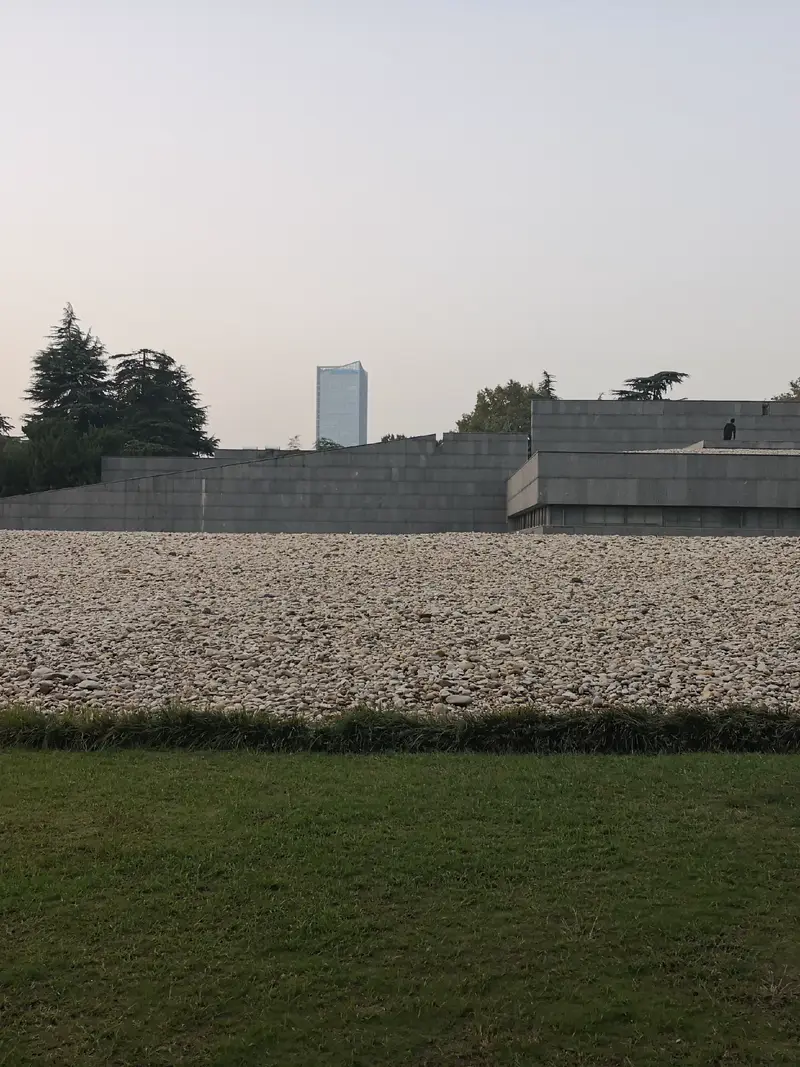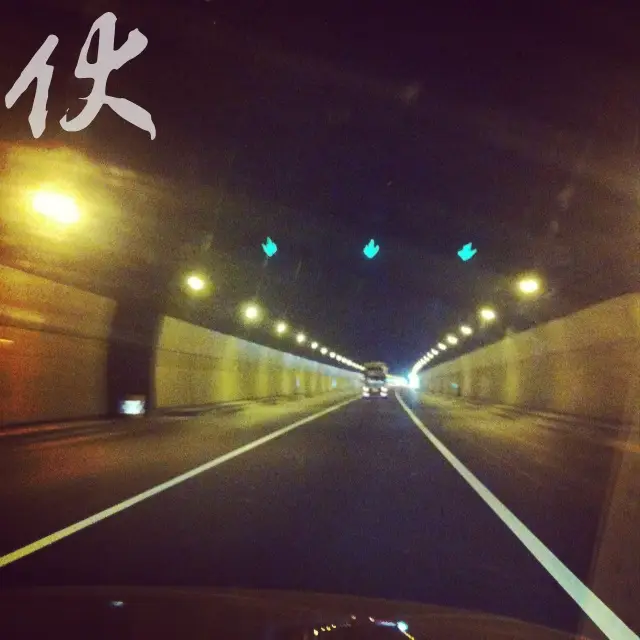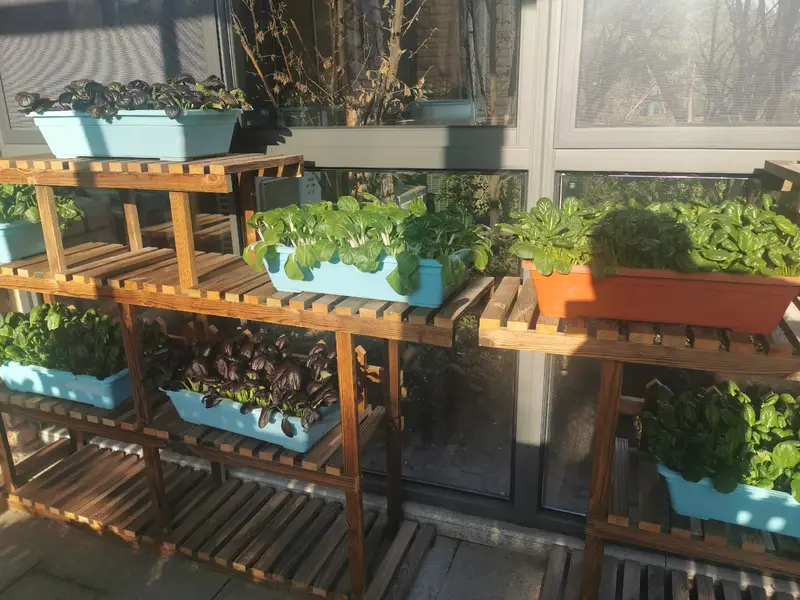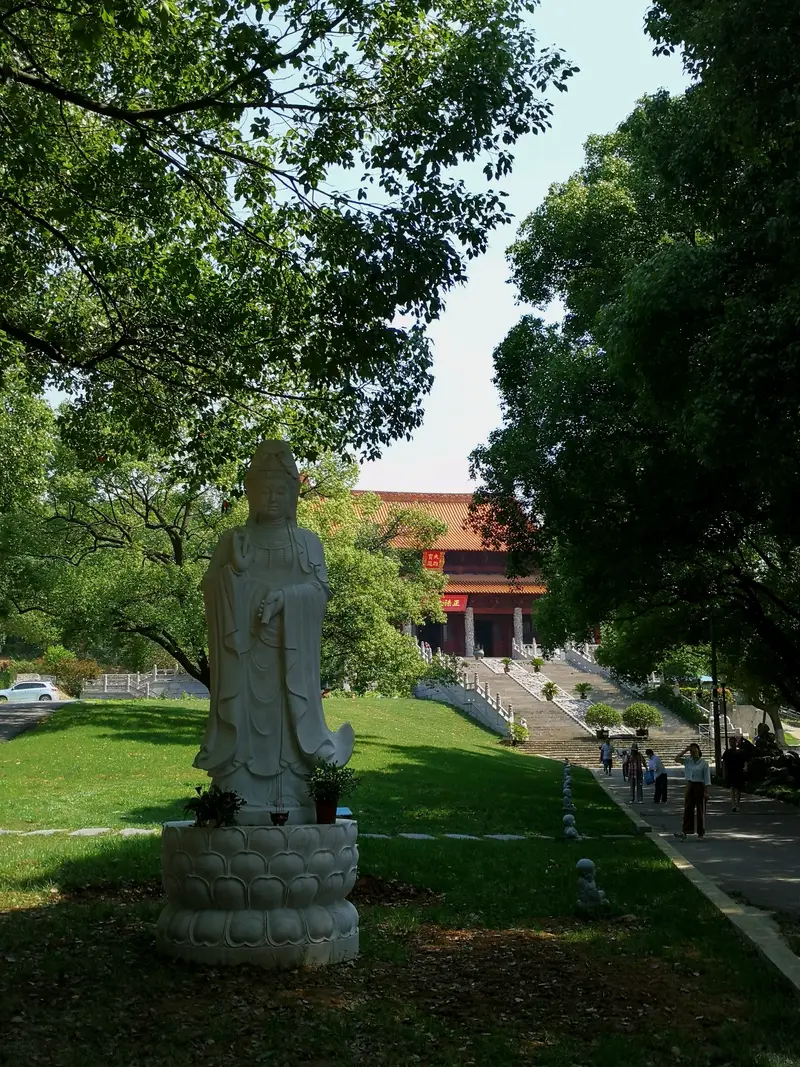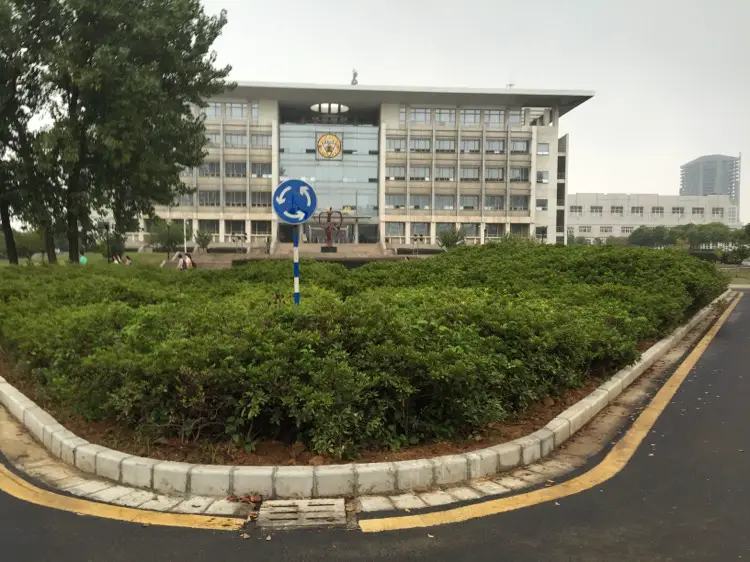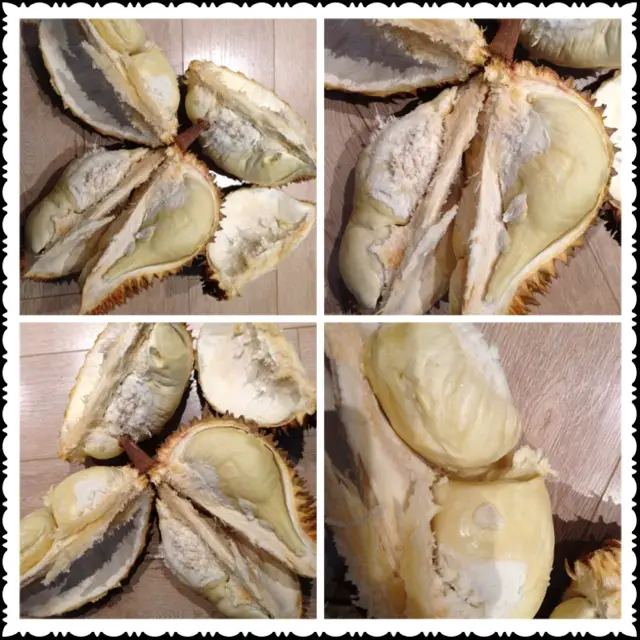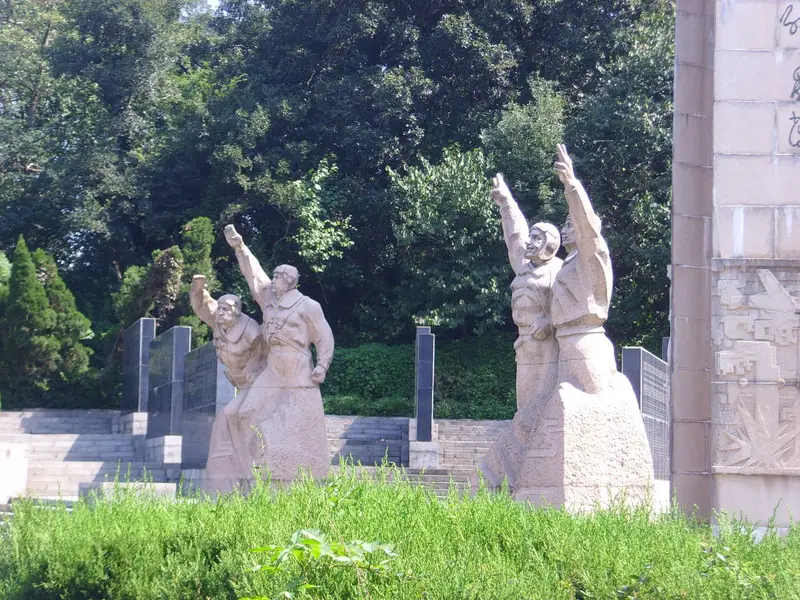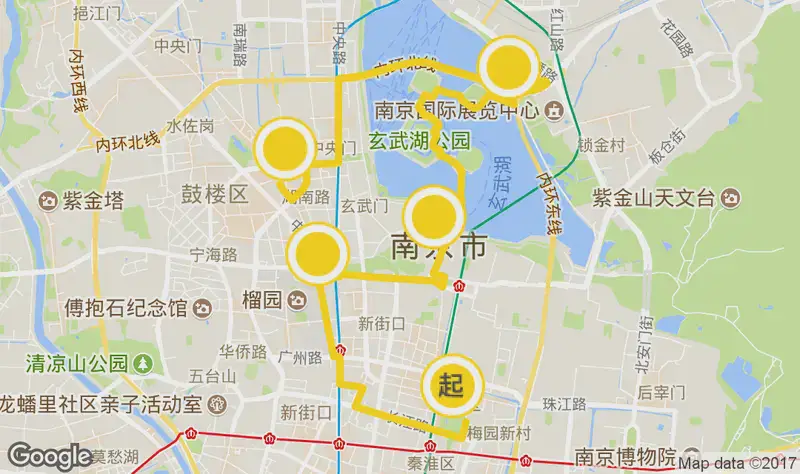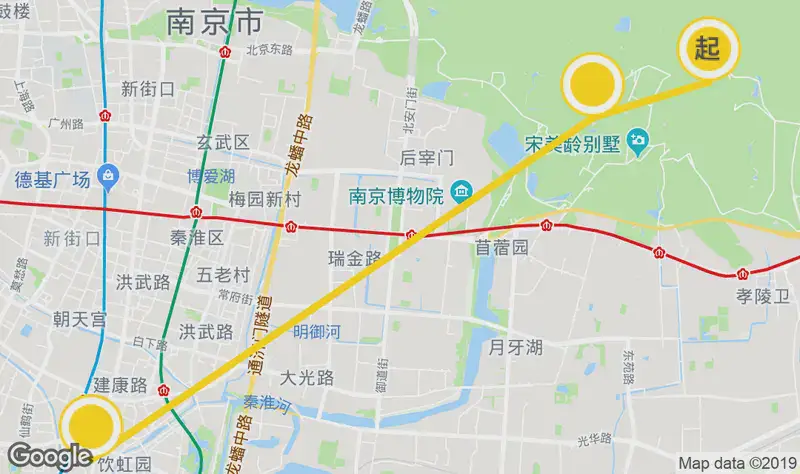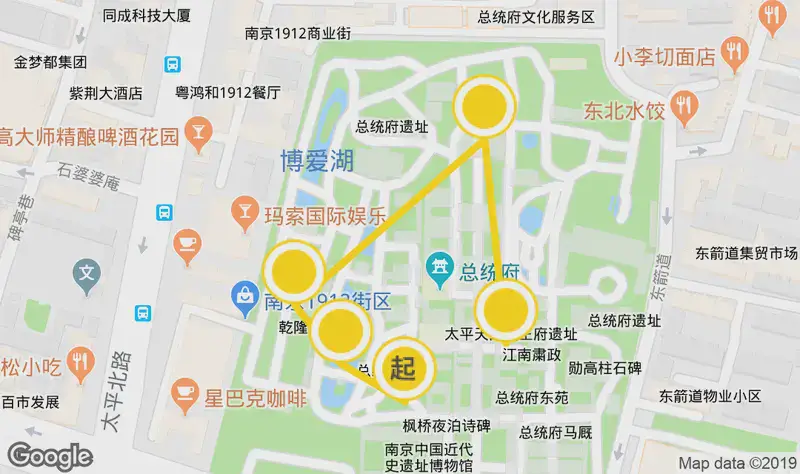Location & How to Get There
The 300,000 Victims Memorial sits in Jianye District, Nanjing, at 418 Shuiximen Street (near Yunjin Road). It’s easy to reach by metro: take Line 2 to Yunjin Road Station (Exit 2) and walk 10 minutes. Buses 13, 41, or 48 also stop nearby. If driving, there’s limited parking, but the nearby Nanjing Cloud Brocade Museum shares a large lot. Bicycles are a great option too—just lock them at the entrance.
A Place of History, Not Just “Nature”
While Nanjing is famous for its scenic lakes and walls, this memorial focuses on human stories. The building itself blends modern design with symbolic elements: a giant bronze statue of a mother crying for her lost child, and a clock that stops forever at 10:00 AM—the time Japanese troops invaded in 1937. Inside, you’ll find no traditional “landscapes,” but powerful exhibits like historical photos, survivors’ testimony videos, and a room filled with shoes left by victims.
Why Visit? Humanity’s Dark Chapter
This isn’t a typical “tourist spot”—it’s a place to learn about one of history’s worst atrocities. The memorial honors the 300,000+ people murdered during the Nanjing Massacre (1937-1938). Key areas include:
- The Museum Hall: Shows diaries, weapons, and propaganda materials.
- The Wailing Wall: Carved with names of victims.
- The Mass Grave Site: A quiet area with white stones marking mass burials.
- The “12 Seconds” Room: A dark space where a video counts down to remind visitors how quickly violence can end lives.
Practical Tips for Your Visit
- Opening Hours: Daily 8:30 AM–5:00 PM (last entry at 4:30 PM). Closed on Mondays.
- Entry: Free, but you’ll need to show ID (passport works).
- Guided Tours: Available in English/Chinese for deeper context (ask at the info desk).
- Dress Code: Avoid shorts/singlets—this is a solemn site.
- Time Commitment: Plan 2-3 hours to fully explore.
Facilities for Visitors
- Audio Guides: Rent for ¥20 (covers all exhibits).
- Rest Areas: Benches and chairs in the courtyard.
- Gift Shop: Sells books, pins, and handmade crafts by local artists (proceeds support memorial upkeep).
- Toilets: Clean and accessible near the entrance.
What to Expect Emotionally
Visiting the 300,000 Victims Memorial is heavy. Many exhibits are graphic (e.g., photos of massacres, survivor interviews). The highlight—and low point—is the “Buried Alive” Exhibition, where skeletons are displayed under glass. It’s haunting but important. Afterward, the Wall of Peace offers a counterpoint: visitors leave messages of hope.
Nearby Spots (If You Need a Break)
After your visit, walk 15 minutes to Yunjin Road for snacks or coffee. The Nanjing Eye Hospital nearby has a small park with cherry blossoms in spring. For context, combine this with a trip to Nanjing Massacre Memorial Hall (same site, different name in Chinese) to understand its global recognition.
Final Thoughts
The 300,000 Victims Memorial isn’t just a museum—it’s a tribute to humanity’s capacity for cruelty and resilience. Go to remember, not for Instagram photos. Bring tissues, wear comfortable shoes, and take time to read every plaque. As a visitor once said: “This place changes how you see the world.”
Note: Respect silence in exhibition halls. No food or loud conversations allowed.


